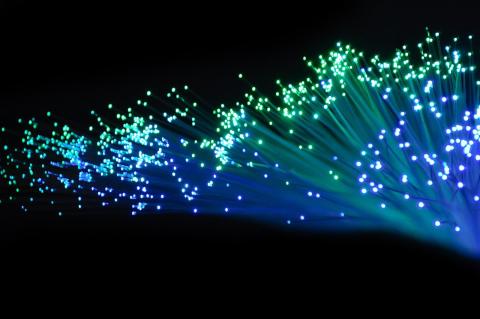Quantum messages successfully sent using commercial telecommunications network
An international team has successfully sent quantum messages 254 kilometres away using an existing telecommunications network in Germany. A quantum Internet would theoretically be faster and more secure, and this demonstration suggests that this type of communication can be achieved in real-world conditions. The results are published in the journal Nature.

Carlos Sabín - mensajes cuánticos EN
Carlos Sabín
Ramón y Cajal Researcher Department of Theoretical Physics UAM Madrid
In this experiment, researchers have dachieve a quantum distribution of keys over a distance of 254 kilometres between several cities in Germany. Although similar experiments have reached even greater distances, the novelty of these new results is that they use existing commercial fibre optics and do not add more sophisticated technology that is common in quantum physics laboratories, such as cavities or ultra-low temperature coolers. The quantum bits used are photons generated with lasers, in contrast, for example, to previous experiments, such as the one published last year in Nature, in which quantum entanglement was generated in Boston between experimentally more complicated systems, including the use of cavities. Such systems might be more suitable for building quantum memories, but the use of optical photons instead allows quantum communications over very large distances. In a recent study published in Optica, a different task (quantum teleportation) was performed also with photons and in conventional fibre optics (and even at the same time as usual data traffic in a commercial network), but over a much shorter distance (about 30 kilometres) and with error rates of 10 %
These new results, with small error rates of around 5 %, represent a step forward in the possibility of creating communication networks based on quantum physics and integrated with existing fibre optic technology in our cities, although it should be noted that this is still at a very preliminary stage of development.
Pittaluga et al.
- Research article
- Peer reviewed



